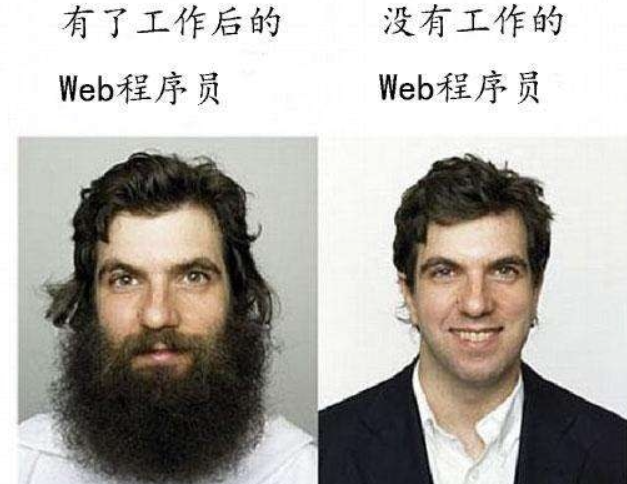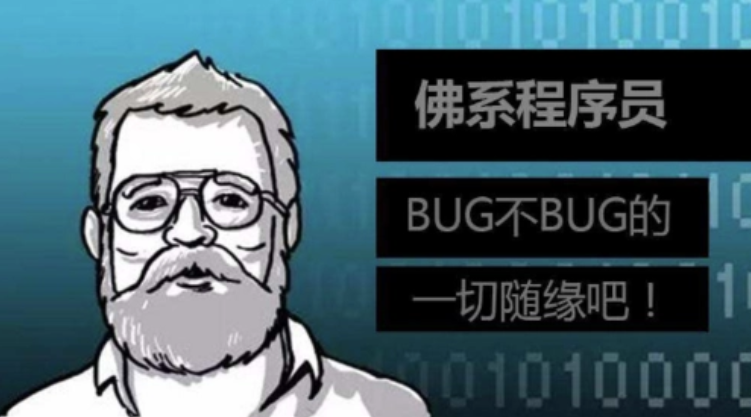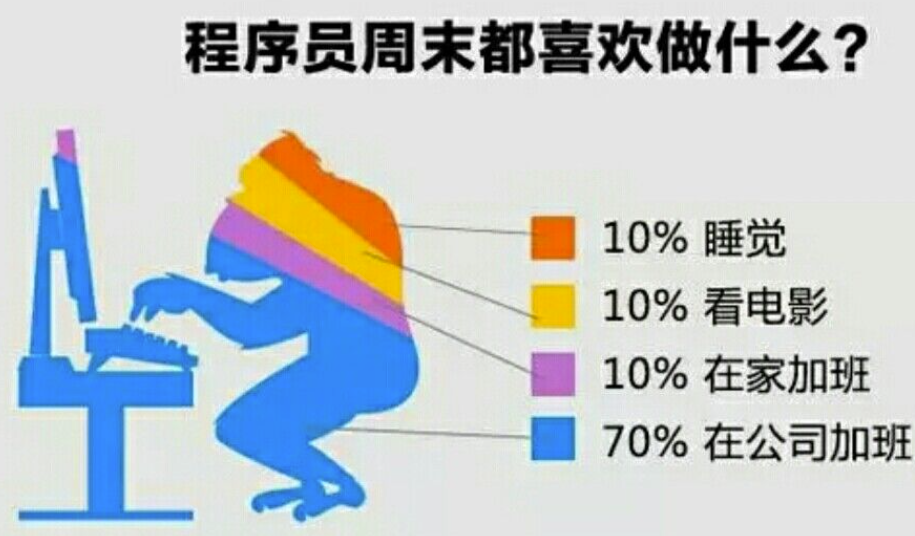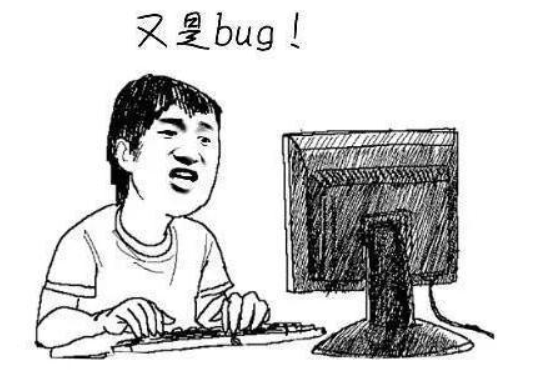The scientific method applied to data science involves a systematic approach to exploring and understanding data, formulating hypotheses, and deriving conclusions based on empirical evidence. Here are the key steps in this process:
Ask Questions: Start with a clear research question or problem statement that you want to investigate using data. This could relate to trends, relationships, or predictions.
Conduct Background Research: Review existing literature and relevant studies to understand the context of your question and what has already been discovered in the field.
Formulate Hypotheses: Based on your background research, formulate one or more hypotheses that can be tested with data. A hypothesis is a predictive statement about the relationship between variables.
Collect Data: Gather relevant data from various sources. This could include structured data (like databases) or unstructured data (like text or images). Ensure that your dataset is representative of the phenomenon you are studying.
Analyze Data: Use statistical methods and machine learning techniques to analyze the collected data. This may involve exploratory data analysis (EDA), which includes visualizations and summary statistics, as well as inferential statistics to test your hypotheses.
Interpret Results: Analyze the output of your analysis in relation to your original hypotheses. Determine whether your findings support or refute your initial ideas.
Draw Conclusions: Based on the interpretation of results, draw conclusions about your research questions or hypotheses. Discuss implications, limitations of your study, and potential areas for further investigation.
Communicate Findings: Present your results through reports, visualizations, or presentations so others can understand and replicate your work if desired.
Iterate: Science is an iterative process; based on feedback and new insights gained from previous analyses, refine your questions and methodologies for future studies.
This framework allows data scientists to adopt a rigorous approach similar to traditional scientific disciplines while addressing complex problems using quantitative methods.
内容由零声教学AI助手提供,问题来源于学员提问










![/data # iw --debug dev wlan0 connect -w "lucky-5g" auth open key 0:1234567890
Usage: iw [options] dev connect [-w] [] [] [auth open|shared] [key 0:abcde d:1:6162636465] [mfp:req/opt/no]
Join the network with ...](https://linuxcpp.0voice.com/zb_users/upload/2023/05/202305162239148267954.png)
![驱动代码
void kalRxTaskletSchedule(struct GLUE_INFO *pr)
{
static unsigned int num = 0;
tasklet_hi_schedule(&pr->rRxTask[(num++)%NR_CPUS]);
// tasklet_hi_schedule(&pr->rRxTask);
DBGLOG(HAL, ERROR,](https://linuxcpp.0voice.com/zb_users/upload/2023/05/202305162226144313964.png)







